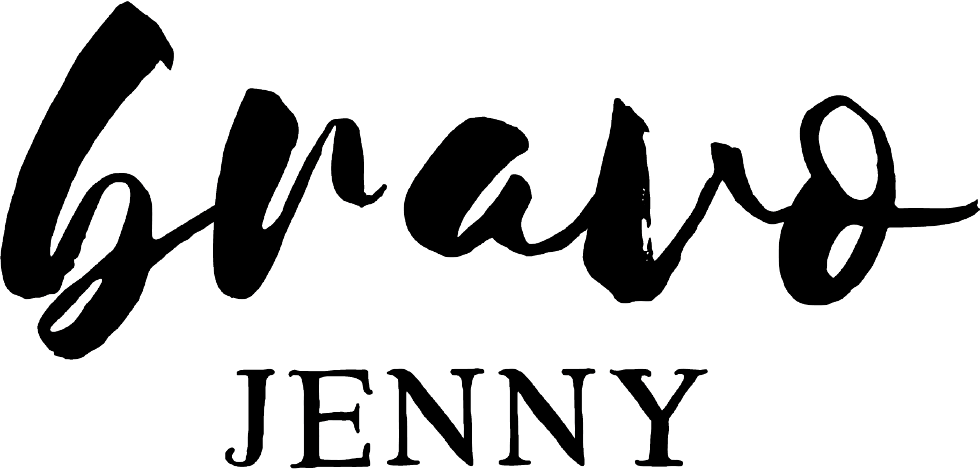How to Read A Recipe Like A Pro
Understanding how to read a recipe is crucial to the success of the dish. If you've ever read a recipe before, as I am sure you have, you'll know that all recipes follow a basic format: Cook Time, Ingredients, Procedure, and Notes. All chefs are trained to write recipes the same way to insure the success of the recipe for each follower. But that also means learning to read a recipe is just as important. We all have to be on the same page.
So, here are a 8 tips to help you understand what it is exactly you're reading.
Read the recipe through, twice.
Make sure you read the recipe at least twice, top to bottom, before you so even pull out a measuring spoon. Understanding the ingredients as they pertain to how they are added together is crucial. Reading it once is fine, but twice makes sure you fully understand what you'll be doing.
Mis en Place.
This is translated to "everything in it's place", which means you should have all of you ingredients measured/weighed, and tools out and ready to go before you start following the procedure. This also relates to step 1, because if a recipe calls for room temperature butter or eggs, or if you're just short a crucial ingredient, you wont ruin your dish while you scramble to get it together.
Understand why.
You don't need to know the science of it all, but you do need to know that if a recipe is asking you to do something specific, it's not to give you a hard time. It's because the recipe developer found that doing it any other way didn't yield the best results. Chilled for x amount of hours, water baths, salted to draw moisture out, cooled mixture before adding eggs, cut into a certain size pieces for even cooking, and so forth. These extra steps cannot be skipped without risking the success of the final product. Also, if there's a notes section, it's for a reason. Just remember, when in doubt google, why.
Proper equipment.
If your recipe calls for a specific piece of equipment, use it. This also pertains to understanding why, but just know that there is no magic tool in the kitchen that does it all, no matter what they're selling on QVC. Certain tools are for certain results. For example, using a food processor to mix mashed potatoes would NOT yield the same results as it would to mix hummus. At first thought they have similar ending textures, so you may think, why not? But really you'd have a perfectly blended hummus, and a completely ruined mashed potatoes. Now, I'm not saying you need to go out and buy yourself a fully stocked chef's kitchen, in fact I'm almost saying just the opposite. You should invest in the few tools that you find yourself missing a lot that have real value, and in fewer high quality staples, such as pots and pans and chef's knives. These things really make a difference, I promise you.
Oven etiquette.
Calibrate your oven. It doesn't hurt to put an oven thermometer on your oven shelf to make sure the temperature is where you think it is. Ovens are machines that need to be adjusted every once in a while, check your temperatures periodically to make sure everything is running smoothly.
Preheat your oven. Yes, they mean it when they say it. The reason to preheat your oven is to make sure everything cooks evenly. Important because if your dish does not cook evenly, or properly, it will directly influence the tastes and textures of the finished dish.
Rotate your dish. Turning your dish half way through cook time is another crucial step to insure your dish cooks evenly.
Always follow a recipe, to taste.
Now you may be thinking, what's the point of following a recipe then? And that's a valid thought. But know this, no matter how many times a chef has practiced a recipe during development, they can't account for what you have at home. For example, have you ever heard that New York bagels are better than anywhere else because of the water? It's suggesting that something you and I have access to, and would use in the same way in the same recipe, still can't be exactly the same. Most commonly I see old spices and ingredients as the main culprit. But it could be as simple as differences in taste preferences, too.
You can always add more but you can never take away. When you're adding to taste, remember this simple principle. It's a lot harder to correct a mistake than it is to continue in small increments until it's just right. I've made this mistake a thousand times, don't let it happen to you.
Salt, vinegar, fresh herbs, & butter are your friends. If you're ever wondering why a recipe tastes kind of dull, it's probably because you could add any of these four things. Salt pulls out the flavors of your dish. Vinegar adds depth. Herbs brighten. And butter adds richness. Don't be afraid of them, they are a chef's secret weapon. Just proceed slowly. If you can't quite tell what's missing, just isolate some of the dish if possible (soups, sauces, etc.), and test the addition separately. If it works, great! If not, try the next thing.
Take your own notes.
After you've made the recipe, jot down a few notes about the tastes, procedure, things you would or did change, etc. This will help you remember for next time.
And finally, this is supposed to be FUN.
Don't rush, follow the tips above, and enjoy the process. You'll feel proud of yourself after you've successfully made a delicious dish for you, your friends, or your family.

